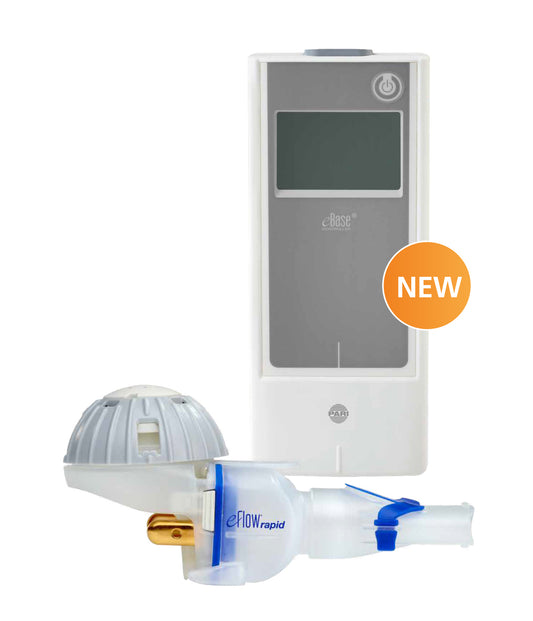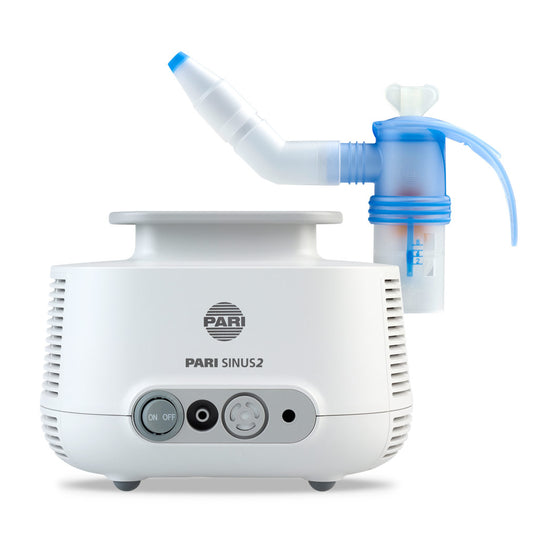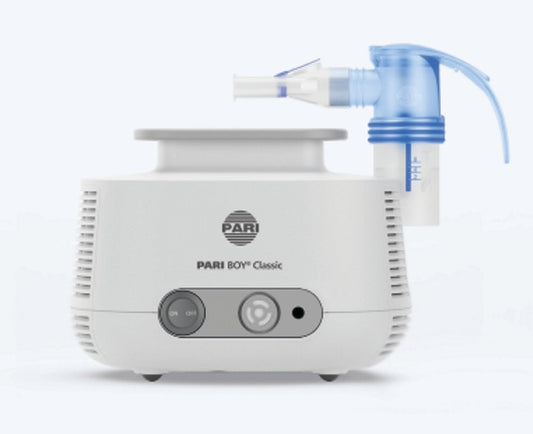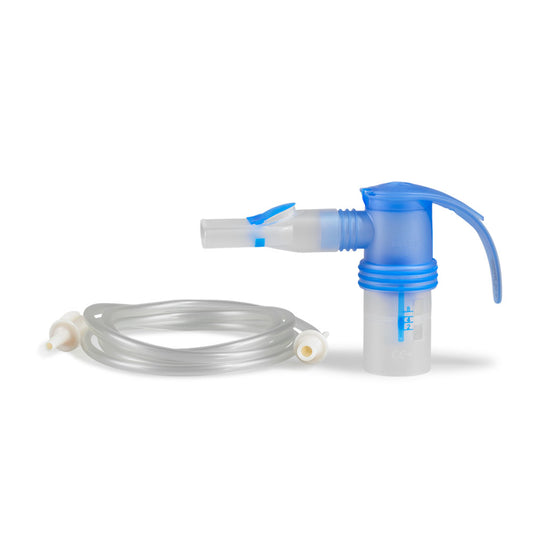The common cold, an ailment as familiar as it is unwelcome, affects millions globally every year. This acute viral infection targets the respiratory tract, predominantly the nasal mucous membranes, throat, or bronchial tubes, leading to a host of uncomfortable symptoms.
Colds are caused by a plethora of viruses, with rhinoviruses being the most common culprits. These pathogens invade the upper respiratory tract, inciting an immune response that manifests as the dreaded rhinitis – inflammation of the nasal mucous membranes. This inflammation is responsible for the telltale blocked nose and sinus discomfort associated with colds.
The Symptom Spectrum
The initial encounter with a cold virus often begins with a tickle in the throat, a precursor to the impending cough. Rhinitis soon follows, marked by a runny or stuffy nose. While these are typical presentations, symptoms can range from sneezing and headaches to mild fever and malaise, varying significantly from person to person.

How Colds Spread
Transmission of the common cold is highly efficient, spreading through airborne droplets when an infected person coughs or sneezes, or through direct contact with contaminated surfaces. The ease of transmission underscores the importance of handwashing and respiratory etiquette in preventing the spread of infection.
Preventing Colds and Rhinitis
Prevention is pivotal. Simple actions such as frequent handwashing, using alcohol-based hand sanitizers, and maintaining a safe distance from those who are ill can significantly reduce the risk of catching a cold. Additionally, bolstering one’s immune system through adequate nutrition and sleep is an invaluable defense strategy.
Easing the Symptoms
There is no cure for the common cold, but there are numerous ways to alleviate symptoms. Over-the-counter medications like decongestants and antihistamines can provide relief from nasal congestion and runny nose. Meanwhile, remedies like warm teas, steam inhalation, and saline nasal sprays offer a comforting respite. It's important to note that antibiotics are ineffective against colds, which are caused by viruses, not bacteria.
When to Consult a Healthcare Provider
Most colds are harmless and resolve on their own. However, if symptoms persist beyond two weeks, worsen, or are accompanied by high fever, shortness of breath, or chest pain, medical attention should be sought. These could be signs of a more severe infection or underlying condition.
Colds and rhinitis, while typically mild, can disrupt daily life. Through understanding, prevention, and proper management of symptoms, individuals can navigate through the cold season with minimal discomfort. Always remember, when in doubt, consult a healthcare professional to guide you to a speedy recovery.




